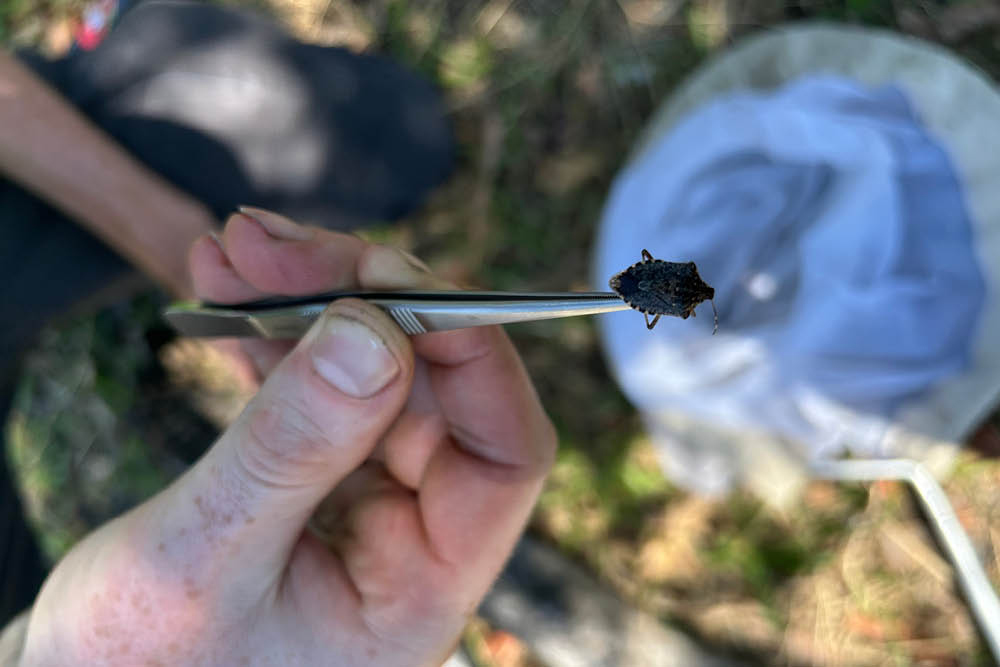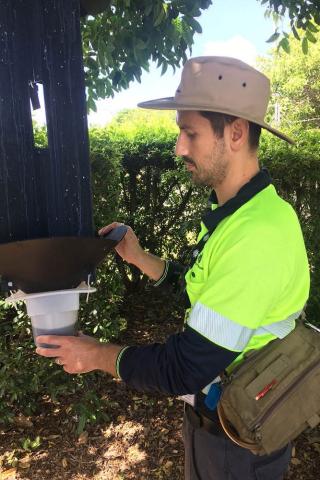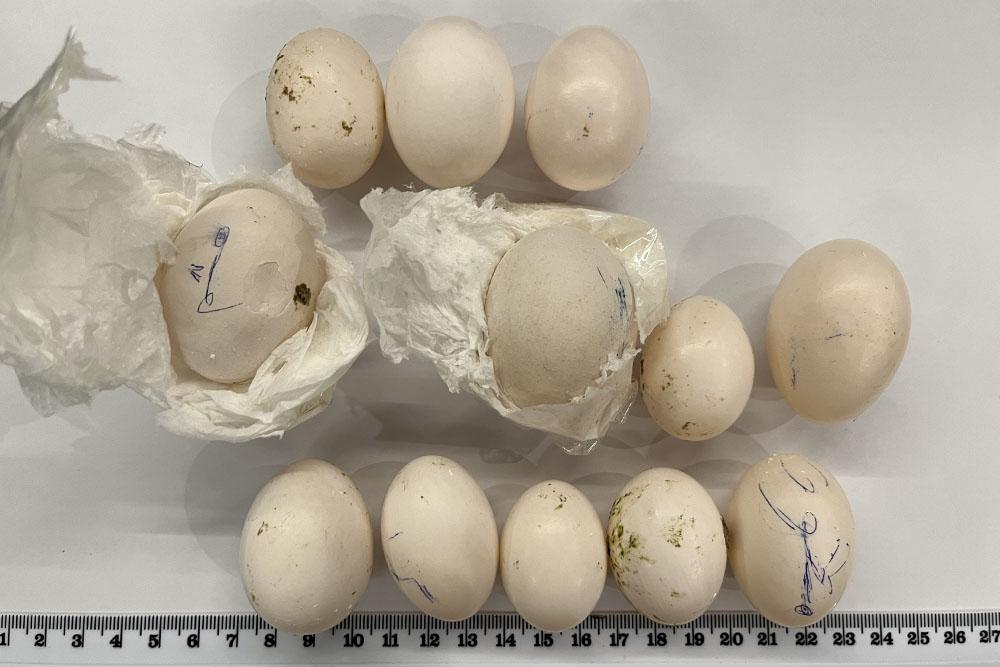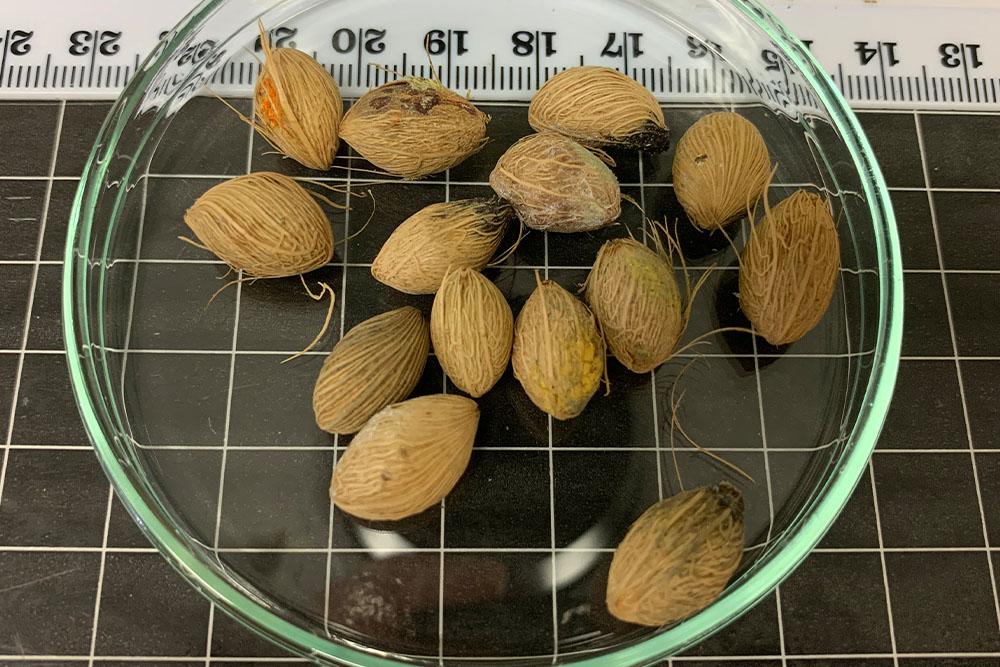There has been a recent rise in detections of the exotic Brown Marmorated Stink Bug (BMSB) by the department and state and territory governments, with over 26 active responses in Sydney, Melbourne, Brisbane, Perth, and Adelaide.
The roll-out of a new surveillance program targeting non-approved arrangements for imported tiles, vehicles and wooden pallets, has contributed to the increase in detections. This surveillance program is being piloted as part of the Australian Government’s hitchhiker pest program which aims to protect Australia from hitchhiking pests.
These detections, added to other detections from the department’s National Border Surveillance program operating at Approved Arrangements, and from the state, territory and Commonwealth government’s shared National Plant Health Surveillance Program operating at other high risk sites for pest introduction, has resulted in over twice as many BMSB detections this season compared to last season.
To manage the surge in department activities additional staff have been recruited to help quickly and efficiently put enhanced surveillance measures in-place.
New traps have been deployed at response sites and are checked regularly over a 12-week time period.
A variety of traps are used including panel traps which are hung from trees and contain a pheromone to lure BMSB. Once the bug lands on the panel it slides off into a collection pot below.
Another popular trap is the sticky trap. This transparent trap is attached to things like fences and uses a pheromone to attract BMSB to its strong sticky surface where BMSB then becomes stuck.
BMSB (Halyomorpha halys) is one of the top exotic plant pests of biosecurity concern and if it was to become established in Australia it would pose a major problem for our horticulture industries: feeding on more than 300 hosts, including fruit trees and woody ornamentals.
It can breed up huge populations, likes to hide in houses in cooler weather and emits an offensive smell.
This bug is also known as a hitchhiker pest, as it hitches a ride on cargo ships travelling from countries where BMSB has become established.

To find out more about BMSB and other hitchhiker pests visit Look for hitchhiker pests - DAFF




